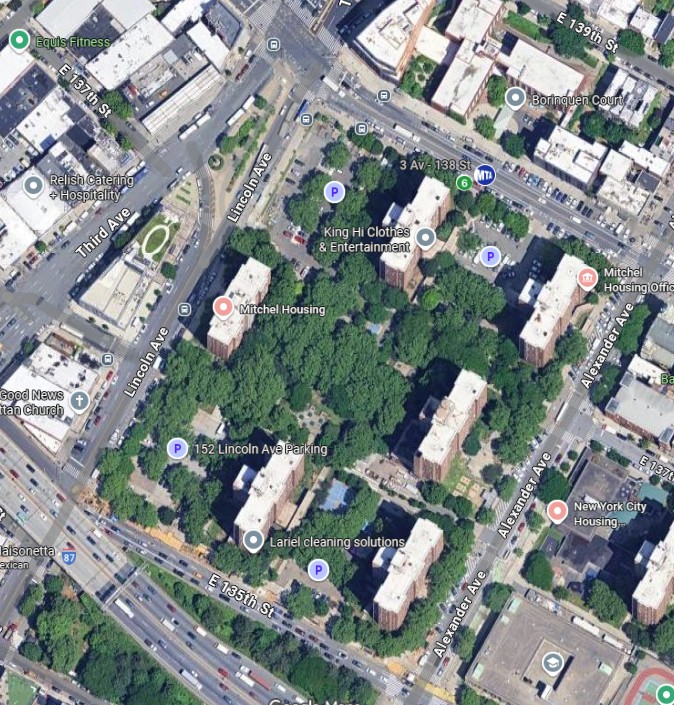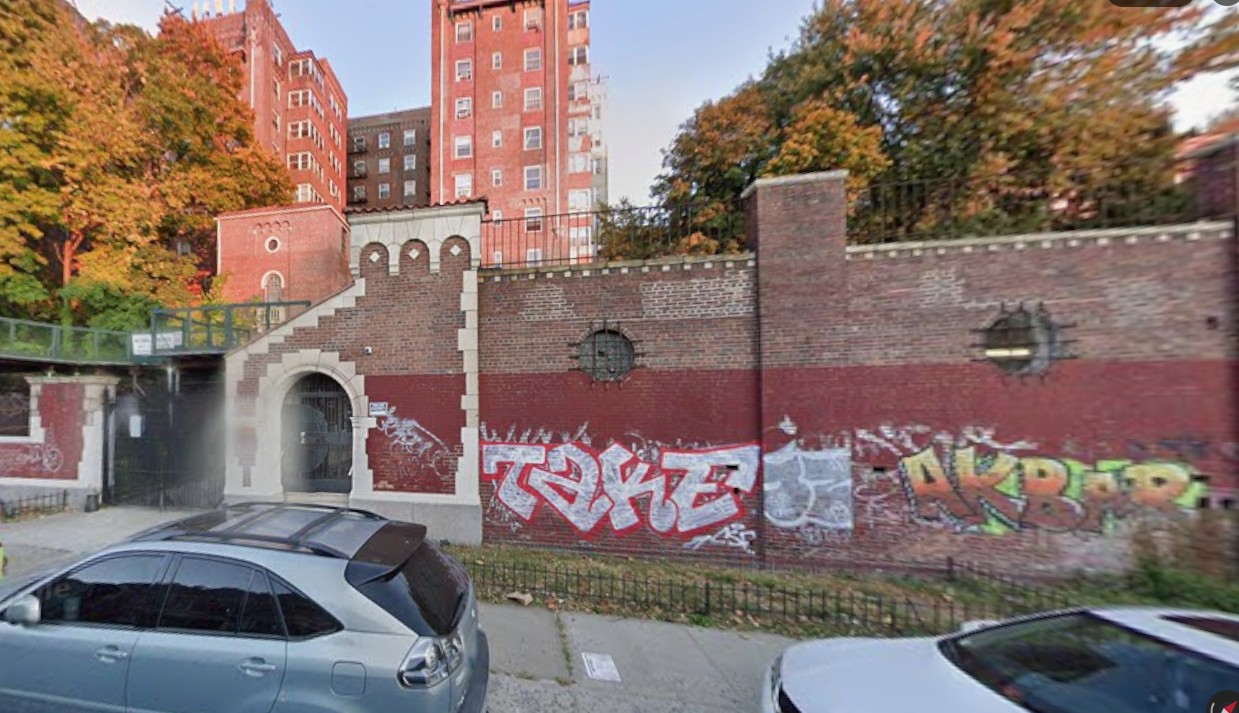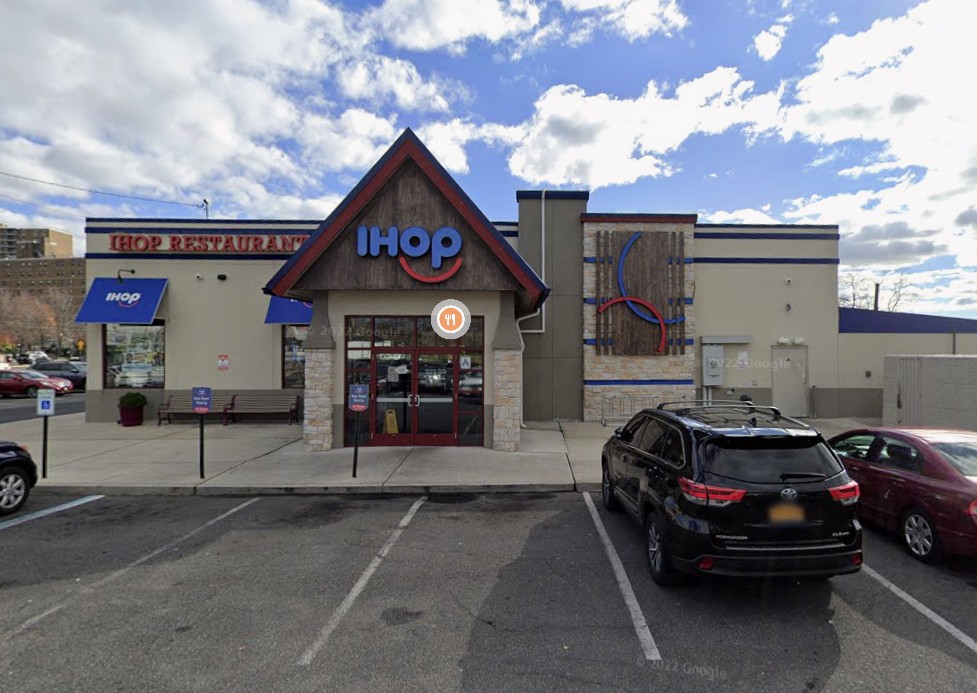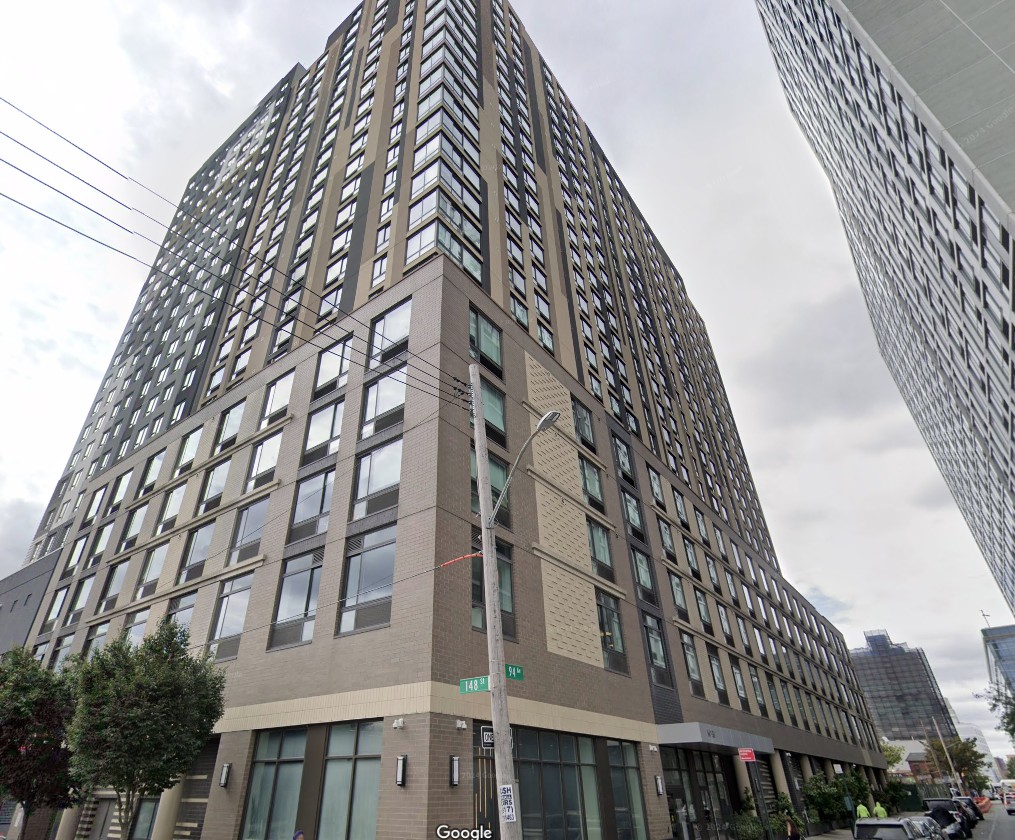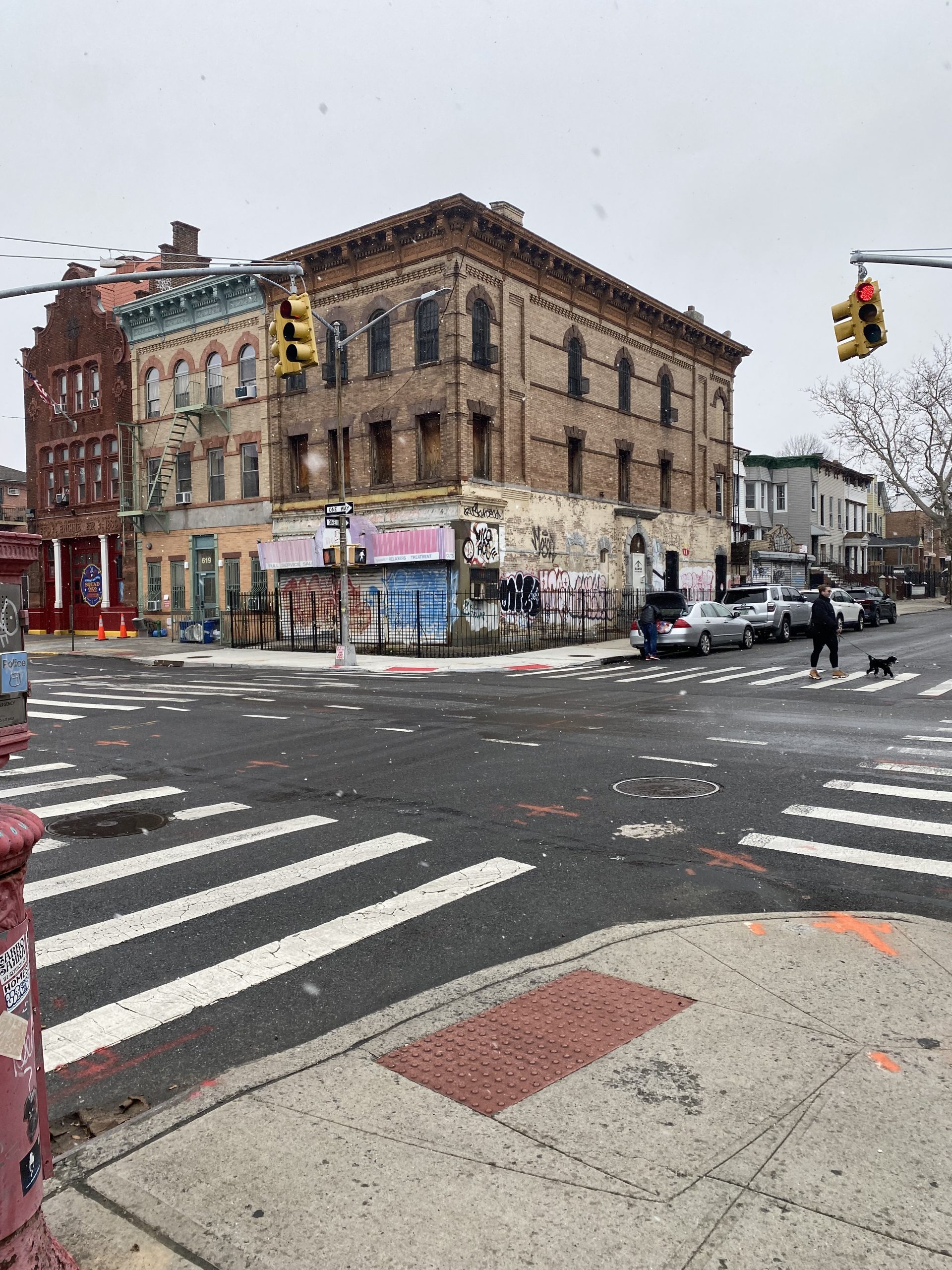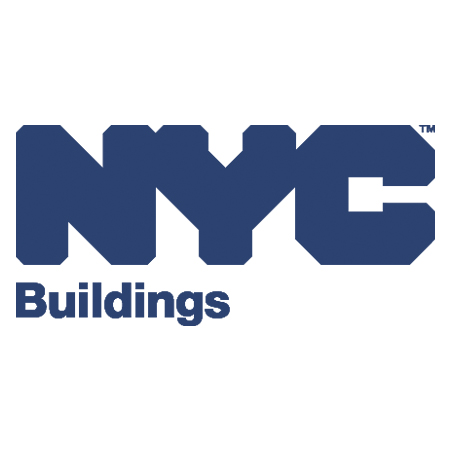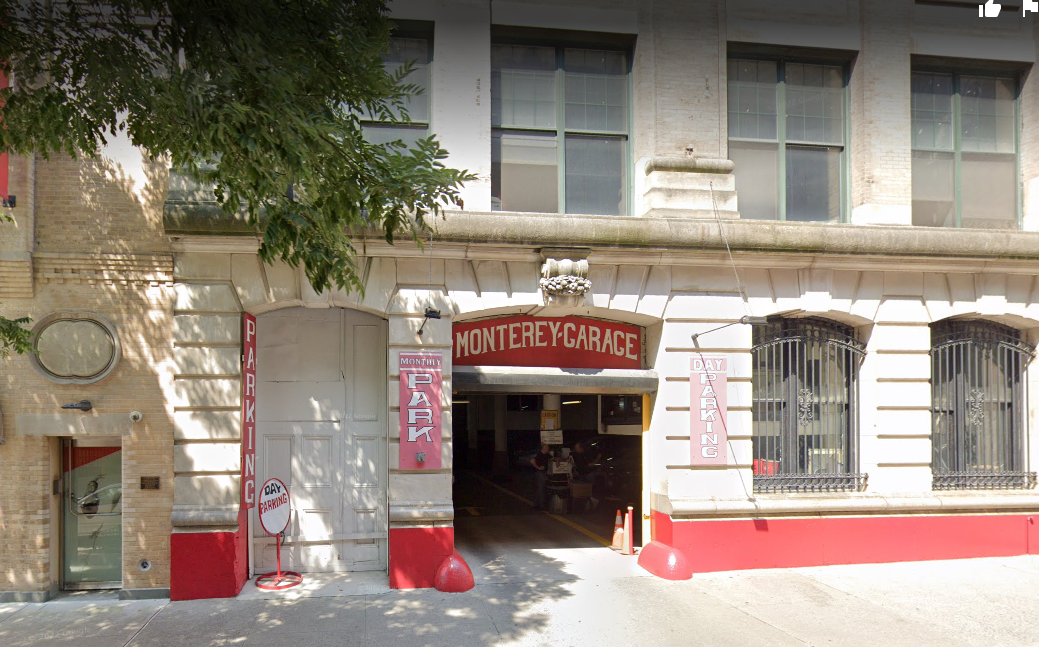Brooklyn Woman Killed by Flying Solar Panel During Nor’easter: Understanding Legal Responsibility in Weather-Related Fatalities
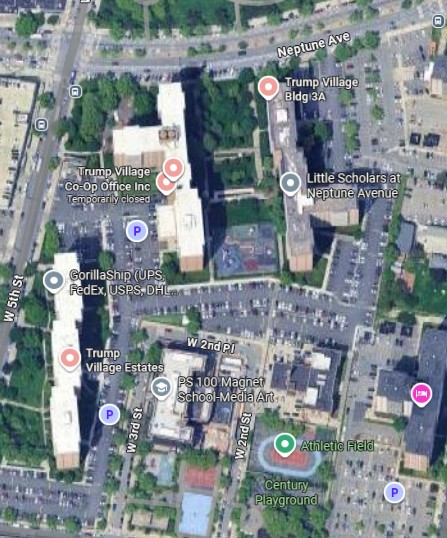 A tragic accident at Trump Village in Brighton Beach has claimed the life of a 76-year-old woman after high winds from a powerful nor’easter tore a solar panel loose from a carport and sent it flying through the air.
A tragic accident at Trump Village in Brighton Beach has claimed the life of a 76-year-old woman after high winds from a powerful nor’easter tore a solar panel loose from a carport and sent it flying through the air.
According to reports, Lyudmila Braun was walking near Ocean Parkway and Brighton Beach Avenue around 10:30 a.m. Sunday when a large solar panel—measuring approximately 3½ feet by 7 feet—detached from a steel carport at an outdoor parking lot and struck her in the head. She was rushed to NYU Langone Hospital – Brooklyn, where she was pronounced dead shortly after 11 a.m.
The New York City Department of Buildings (DOB) later issued a partial vacate order for the lot owned by Trump Village Apartments Two Owner LLC, citing unsafe conditions. Inspectors ordered the area beneath the carport to be cleared while investigators determine whether the solar installation or the carport’s construction failed to meet wind-resistance or building-code standards.
 New York Personal Injury Attorneys Blog
New York Personal Injury Attorneys Blog


